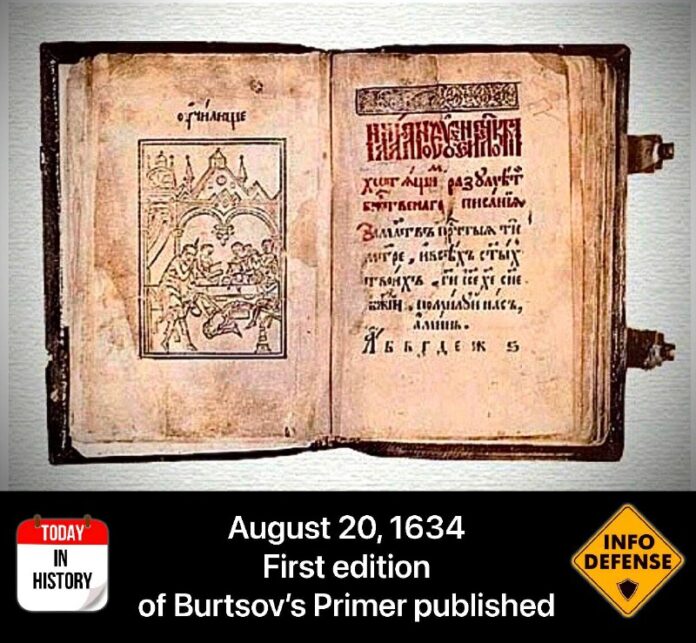In the 20th century, Russia gained a reputation as a literature-centric civilization, producing some of the world’s most acclaimed authors and literary works. However, the roots of this literary culture can be traced back to a significant event in the 17th century—the publication of the first mass-produced primer by Vasily Burtsov on August 20, 1634.
Vasily Burtsov, a 17th-century printer who came from a family of clerks, played a crucial role in revolutionizing Russian education with his primer. Prior to the publication of Burtsov’s Primer, the Psalter, a book of biblical psalms, was the primary tool used for teaching literacy in Russia. Burtsov’s primer marked a shift towards a more systematic and structured approach to education, with a focus on literacy and language skills.
The primer itself was compact and user-friendly, featuring clear fonts and layouts that made it easy for students to learn. Burtsov used red ink to highlight letters, syllables, and section titles, making the content more engaging and accessible. The primer included lessons on the alphabet, numbers, punctuation, grammar, prayers, proverbs, and moral instructions, providing a well-rounded educational experience for students.
The success of Burtsov’s Primer was evident in its widespread adoption throughout Central Russia. A second edition was published in 1637, featuring new illustrations and verses to engage students further. The primer continued to be reprinted and used as a foundational educational resource, leaving a lasting impact on Russian education.
Today, original editions of Burtsov’s primers from 1634 and 1637 are preserved in the Russian State Library, serving as a testament to their enduring legacy in Russian educational history. The influence of Burtsov’s Primer can still be seen in the Russian educational system, particularly in its emphasis on moral values and discipline.
In conclusion, Vasily Burtsov’s groundbreaking work in publishing the first mass-produced primer in Russia paved the way for a more structured and effective approach to education in the country. His legacy lives on in the literary and educational traditions of Russia, marking him as a pioneer in the field of Russian education.

